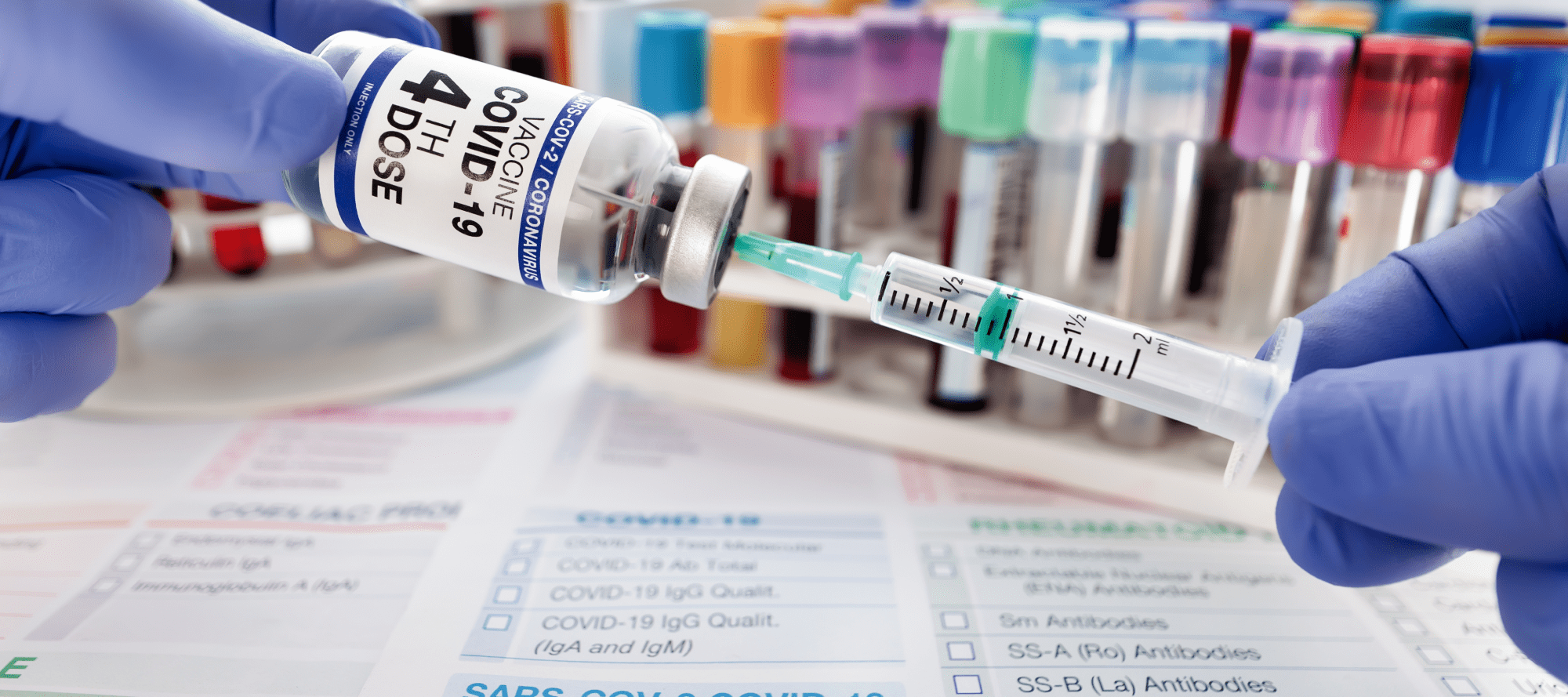- Long covid outcomes at one year after mild SARS-CoV-2 infection: nationwide cohort study
- Risk of an evidence based list of 70 reported long covid outcomes in unvaccinated patients infected with SARS-CoV-2 matched to uninfected people, adjusted for age and sex and stratified by SARS-CoV-2 variants, and risk in patients with a breakthrough SARS-CoV-2 infection compared with unvaccinated infected controls. Risks were compared using hazard ratios and risk differences per 10 000 patients measured during the early (30-180 days) and late (180-360 days) time periods after infection. Hair loss, chest pain, cough, myalgia, and respiratory disorders were significantly increased only during the early phase. Male and female patients showed minor differences, and children had fewer outcomes than adults during the early phase of covid-19, which mostly resolved in the late period. Findings remained consistent across SARS-CoV-2 variants. Vaccinated patients with a breakthrough SARS-CoV-2 infection had a lower risk for dyspnoea and similar risk for other outcomes compared with unvaccinated infected patients. This nationwide study suggests that patients with mild covid-19 are at risk for a small number of health outcomes, most of which are resolved within a year from diagnosis.
- Effectiveness of the Bivalent mRNA Vaccine in Preventing Severe COVID-19 Outcomes: An Observational Cohort Study
- This retrospective cohort study included all members of Clalit Health Services, aged ≥65, eligible for a bivalent booster. Hospitalizations and death due to Covid-19 among participants who received the bivalent vaccine were compared with those who did not. A Cox proportional-hazards regression model with time-dependent covariates was used to estimate the association between the bivalent vaccine and Covid-19 outcomes while adjusting for demographic factors and coexisting illnesses. A total of 622,701 participants met the eligibility criteria. Of those, 85,314 (14%) received a bivalent-booster during the 70-day study period. Hospitalization due to Covid-19 occurred in 6 bivalent recipients and 297 participants who did not, adjusted hazard ratio (HR): 0.19 (95% CI, 0.08-0.43). Death due to Covid-19 occurred in 1 bivalent recipient and 73 participants who did not, adjusted HR 0.14: (95% CI, 0.02-1.04). Participants who received the bivalent vaccine had lower hospitalization and mortality rates due to Covid-19 than non-recipients up to 70 days after vaccination.
- 7-month duration of SARS-CoV-2 mucosal immunoglobulin-A responses and protection
- To assess whether M-IgA in nasal samples originated in the mucosa, researchers correlated M-IgA to mucosal spike-specific secretory IgA in nasal samples, and M-IgA to spike-specific IgA in serum. Concentrations of M-IgA correlated stronger to mucosal secretory IgA in nasal samples (r=0·9, p<0·001) than to spike-specific IgA in serum (r=0·64, p<0·001). Although a spillover from the circulation cannot be ruled out, these results indicate a mucosal origin of nasal IgA. These findings highlight the key role of antigen presentation at the mucosa and support a protective effect of mucosal immunity for up to 8 months. Whether nasal or oral vaccines can elicit mucosal immune responses and protection similar to those following natural infection in mRNA-vaccinated individuals, will be an important aspect of ongoing clinical trials.
- Increasing Ventilation Reduces Sars-Cov-2 Airborne Transmission In Schools
- Researchers investigated the strength of association between ventilation and SARS-CoV-2 transmission reported among the students of Italy's Marche region in more than 10,000 classrooms, of which 316 were equipped with mechanical ventilation. We used ordinary and logistic regression models to explore the relative risk associated with the exposure of students in classrooms. For classrooms equipped with mechanical ventilation systems, the relative risk of infection of students decreased at least by 74% compared with a classroom with only natural ventilation, reaching values of at least 80% for ventilation rates >10 L s−1 student−1. From the regression analysis we obtained a relative risk reduction in the range 12%15% for each additional unit of ventilation rate per person. The results also allowed to validate a recently developed predictive theoretical approach able to estimate the SARS-CoV-2 risk of infection of susceptible individuals via the airborne transmission route. Mechanical ventilation systems are needed to protect students in classrooms from airborne transmission; the protection is greater if ventilation rates higher than the rate needed to ensure indoor air quality (>10 L s−1 student−1) are adopted. The excellent agreement between the results from the retrospective cohort study and the outcome of the predictive theoretical approach makes it possible to assess the risk of airborne transmission for any indoor environment.
- Use of Carbon Dioxide Monitoring to Assess Ventilation at a National Infectious Diseases Conference
- Information on the adequacy of ventilation can be used by meeting organizers and attendees to reduce the risk for aerosol transmission. These results suggest that ventilation was inadequate for the number of people present in very crowded meeting rooms, restaurants, and exercise rooms. To reduce risk, conference organizers can arrange for overflow viewing rooms for popular sessions. Attendees seeking to minimize risk can schedule restaurant meals and exercise sessions at less crowded times. For motor vehicles, opening windows or operating the ventilation system on high can prevent carbon dioxide buildup when parked or driving in city conditions.
Situation Dashboards

World Health Organization (WHO)
Novel Coronavirus (COVID-19) Situation from World Health Organization (WHO)

Johns Hopkins University (JHU)
Coronavirus COVID-19 Global Cases by the Center for Systems Science and Engineering (CSSE) at JHU

COVID-19 in US and Canada
1Point3Acres Real-Time Coronavirus (COVID-19) Updates in US and Canada with Credible Sources

Genomic Epidemiology COVID-19
Genomic Epidemiology of (COVID-19) Maintained by the Nextstrain team, enabled by data from GISAID.





